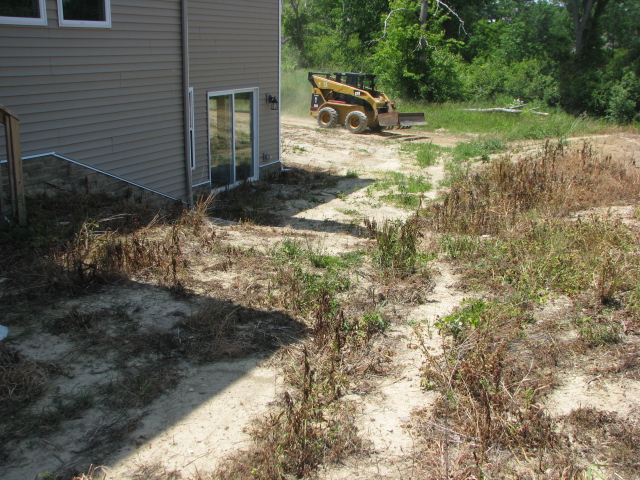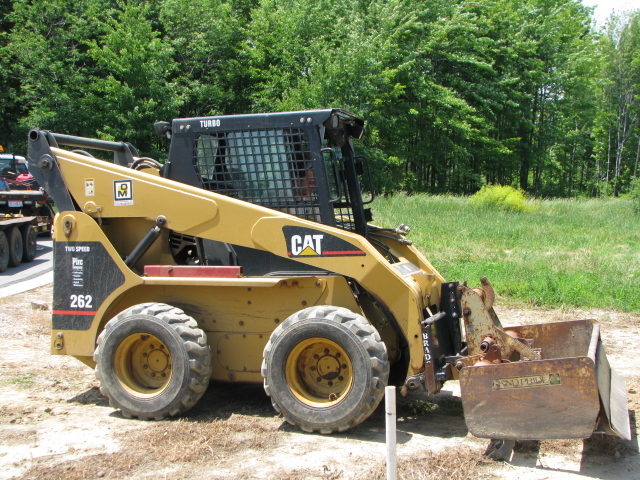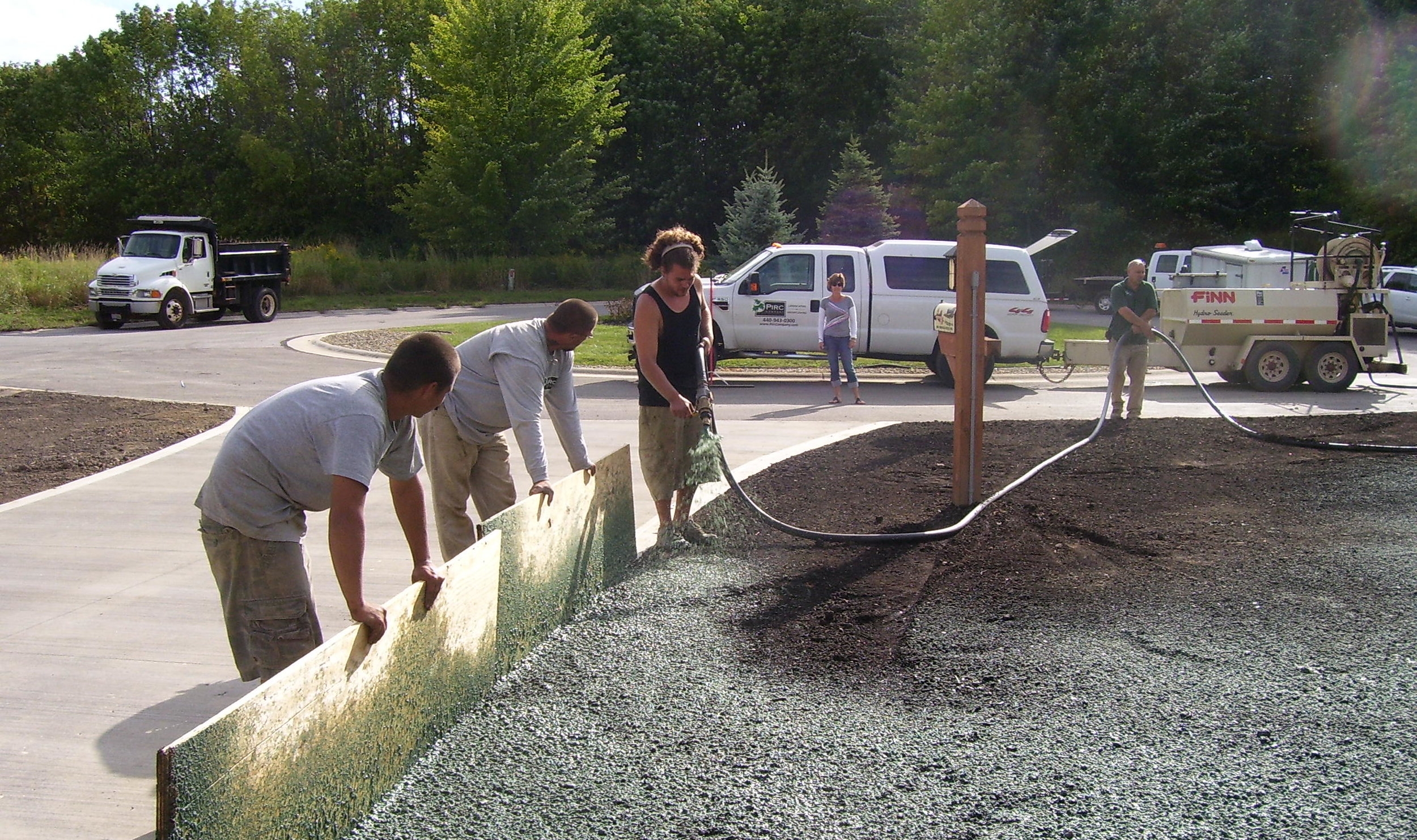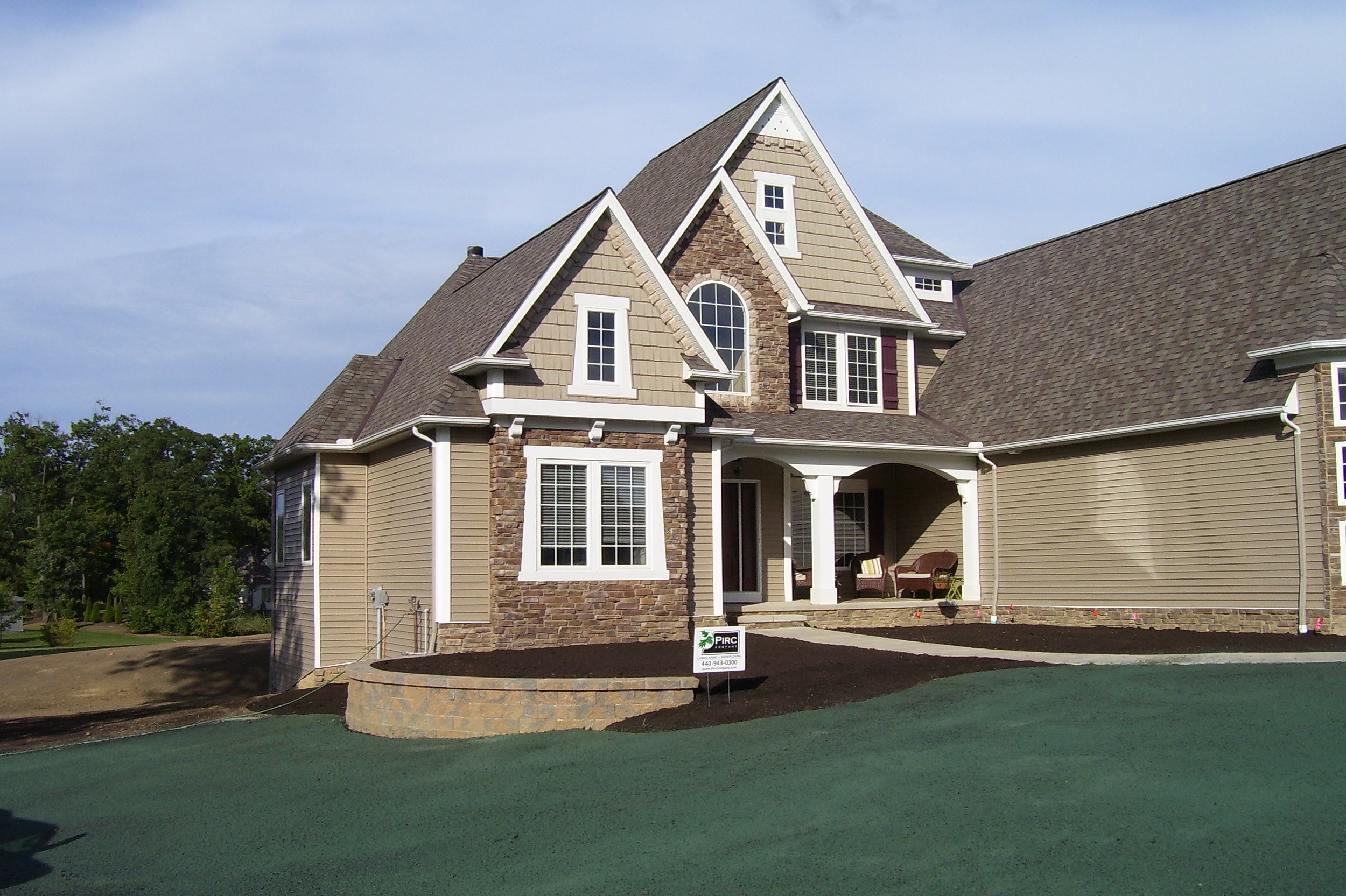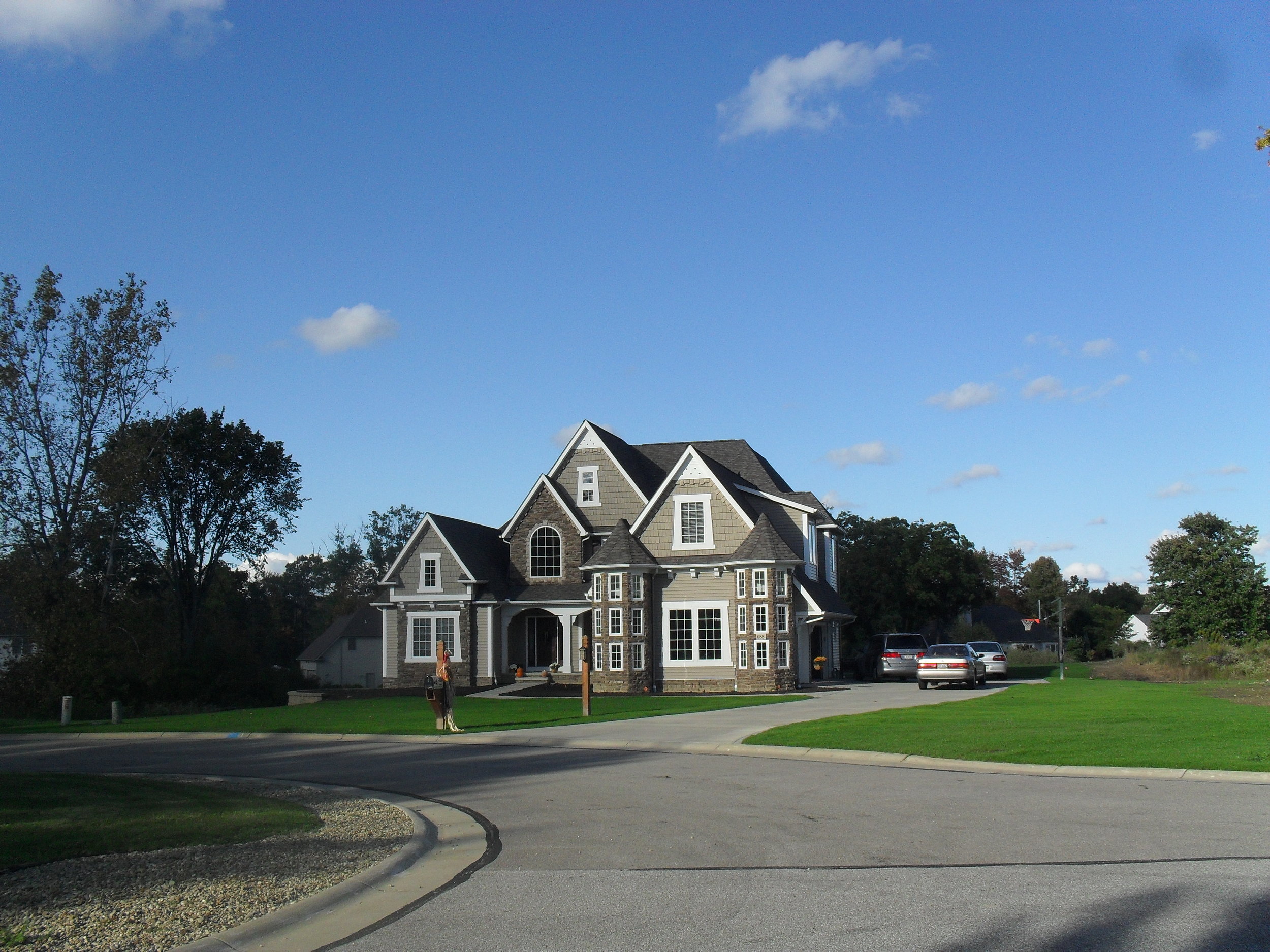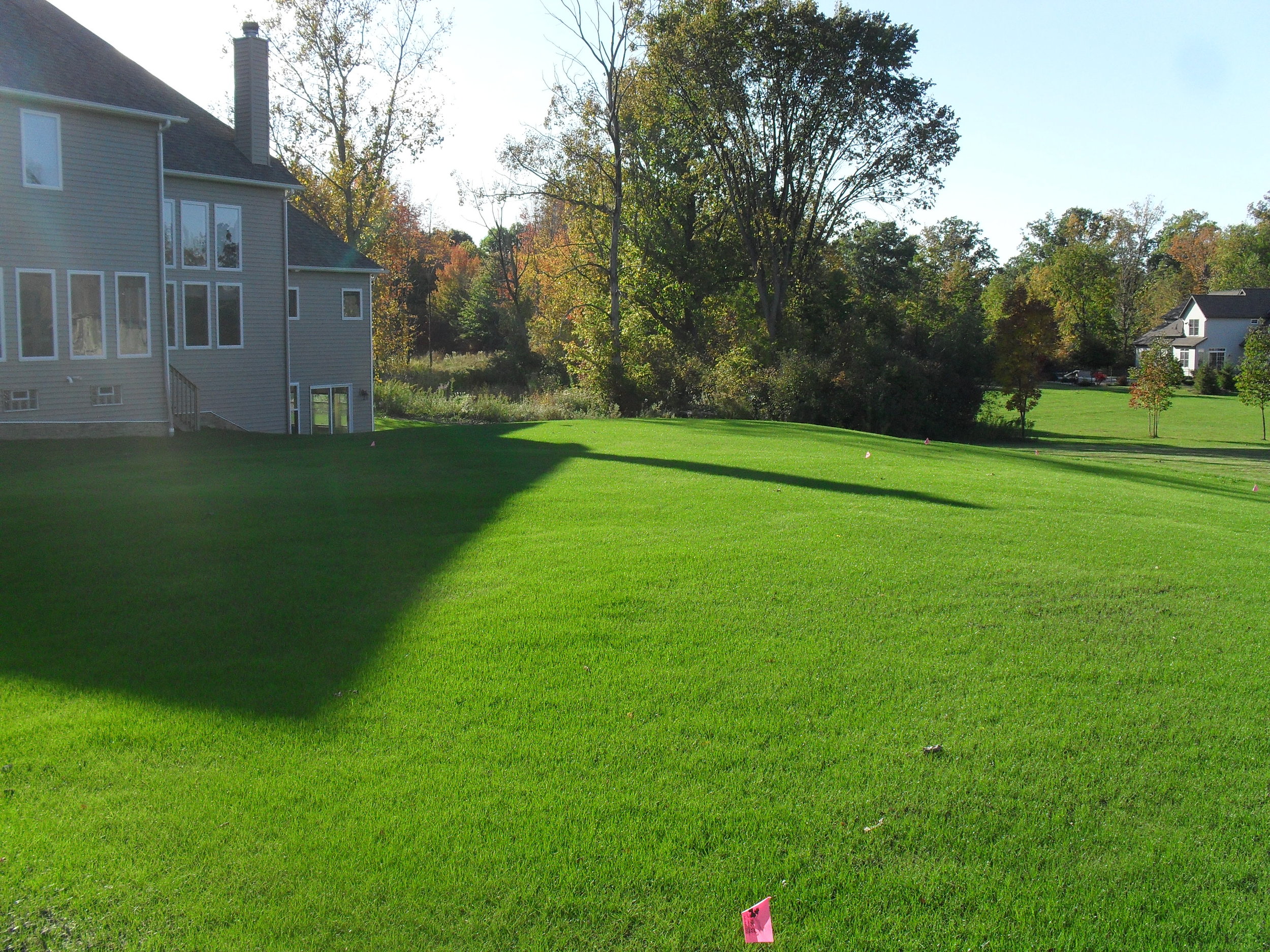When a new house is built, it often doesn't feel like home until the lawn is filled with bright green grass. Oftentimes, owners of new homes wait a little bit to start growing their lawn because they're overwhelmed with finalizing the construction of their new house, moving furniture, and making sure everything was built to their liking. What they may not know, is how quickly and easily a lawn can be installed using hydroseed. Hydroseed is a mixture of water, grass seed, and paper that is blended to a pulp and then sprayed onto fresh dirt to grow into grass. This is the most efficient way to grow grass for a number of reasons. First, since the seed is continuously sprayed, large areas can be seeded quickly and consistently. Secondly, hydroseed can be easily customized with any types of fertilizers, grass seeds, and nutrients to create a lawn that is best suited for a particular property. Finally, because the seed is mixed to a pulp, it sticks to the ground and protects itself - no need to throw down hay on top or risk any seed blowing away in the wind.
Let's take a look at the process and see how its done!
Prep Work
After seven months of construction, this house is left with rocks, dirt, and weeds around the whole property. The first step to a new lawn is to remove the rocks and weeds and level the ground. We had to add fill dirt to make the ground completely level. A skidsteer loader and tractor made light work of the task. After the yard was properly graded, we added some nutrient-rich top soil to accommodate speedy growth for healthy grass.
Seeding
When the prep work is complete, the hydroseeder arrives and our hydroseed technicians get to work spraying the lawn. A team of 3 people can accomplish the task in very little time. Typically, a foreman operates the nozzle and directs the rest of the crew to help guide the hose to where it needs to go. When spraying against buildings or concrete, the crew uses a board of plywood as a shield to make sure the seed only goes where it is supposed to. When the lawn is done being seeded, a daily watering is all is needed.
A Little Patience
After a few days, the grass will start to sprout. After a few weeks, the lawn will look quite full, but will fill out for a few months as grass blades start to grow in thicker and thicker. If done properly, with a good hydroseed mix, the lawn should grow in without weeds. A monthly treatment program will keep the lawn looking perfect year after year.



